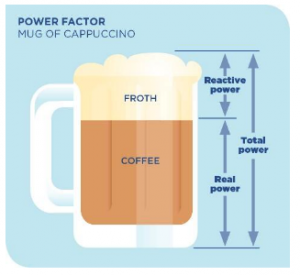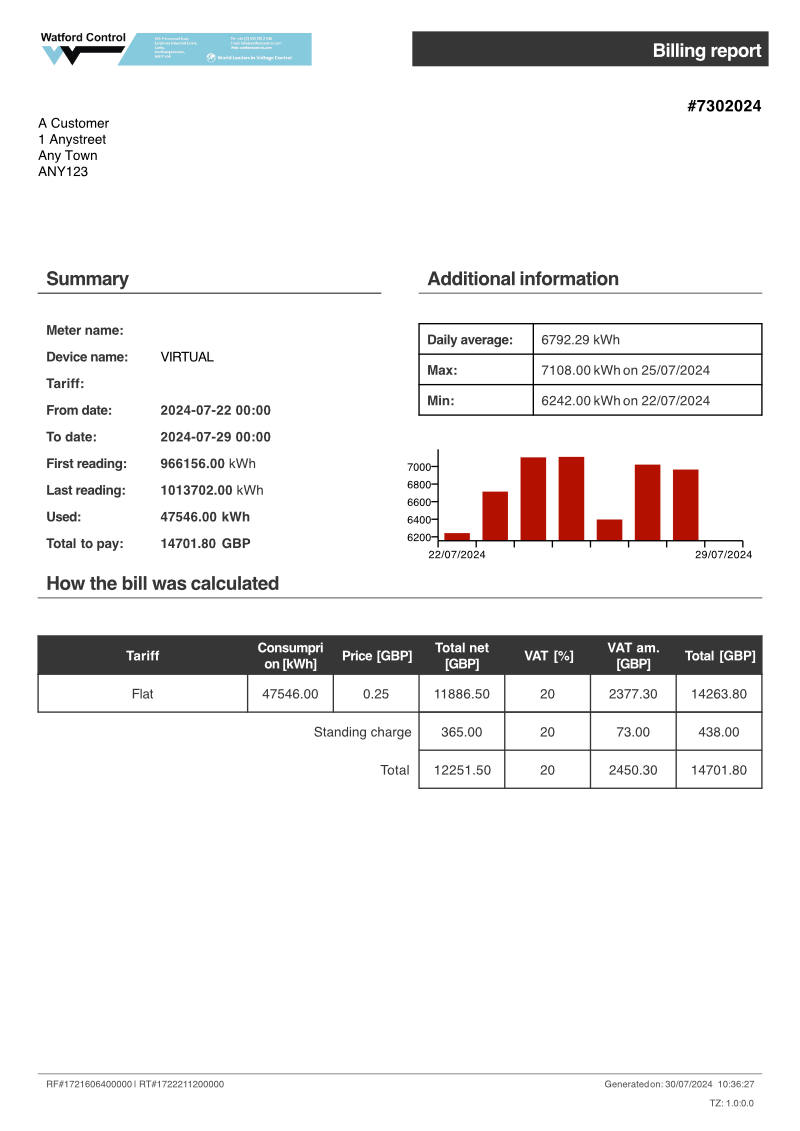Power Factor Correction
At Watford Control we've been solving global power quality problems for over 70 years, however, the answer to improved power quality and electrical reliability does not just lie in voltage stabilisation - power factor correction is also an important part of the power quality and energy efficiency solution.
Whatever your power efficiency needs, from Watford Control you will benefit from a compact, high quality product with the latest voltage and power factor correction technology - at an unbeatable ROI.
So, whether you're looking for a new or replacement PFC system - or you want to protect your electrical plant from over-voltage, then you might want to explore the added benefits of an integrated voltage stabiliser.
Understanding Power Factor Correction
Power Factor is a way of describing how efficiently electrical power is consumed. The power that is drawn from the electricity network can be described as consisting of two parts - useful power and reactive power, useful power is the power that equipment needs to achieve the task at hand and it is measured in kW.
 Reactive power is drawn in addition to useful power by a reactive load (a large motor for example) and is measured in kVAR.
Reactive power is drawn in addition to useful power by a reactive load (a large motor for example) and is measured in kVAR.
The consumption of reactive power does not contribute to achieving the task, however, the useful power and the reactive power together determine the power drawn from the network, that is, the total power and measured in kVA - this is what you pay for!
So, by installing the latest power factor correction (PFC) system, thereby lessening the effects of reactive power, it will reduce the amount of power needed from the network to complete the same tasks, resulting in energy and cost savings for the end user.
If your power factor is under 0.85, this is generally considered to be poor and in the UK, this information will almost certainly appear on your smart meter and in your energy bills - reactive charges can add thousands of £ to your annual energy bills.
In the UK, April 2018 saw the release of the 18th Edition Wiring Regulations, which included some new sections, in particular, Part 8 - Energy Efficiency. Part 8 requires all new and existing installations to consider energy efficiency as part of the overall design, which includes power factor, harmonics and an added safety feature of over-voltage protection.
CLICK HERE TO FIND OUT THE COST OF YOUR SYSTEM
Upgrading your Power Factor Correction system
As you would expect, Power Factor Correction (PFC) equipment has a finite life - an older installation may not be operating as originally intended, furthermore, modern electronics are responsible for the rise in harmonic distortion in supply circuits and this can create damaging voltages that reduce the life of PFC equipment. By installing a "de-tuned" PFC system, you can also compensate for these damaging voltages. By reducing losses and inefficiencies, improving your power factor and stabilising your voltages means you need to draw less power from the network, saving you money on your electricity bills. Improving power factor correction can prolong the life of electrical equipment, help avoid voltage drops over long cables and reduce efficiency losses in your supply transformers.











